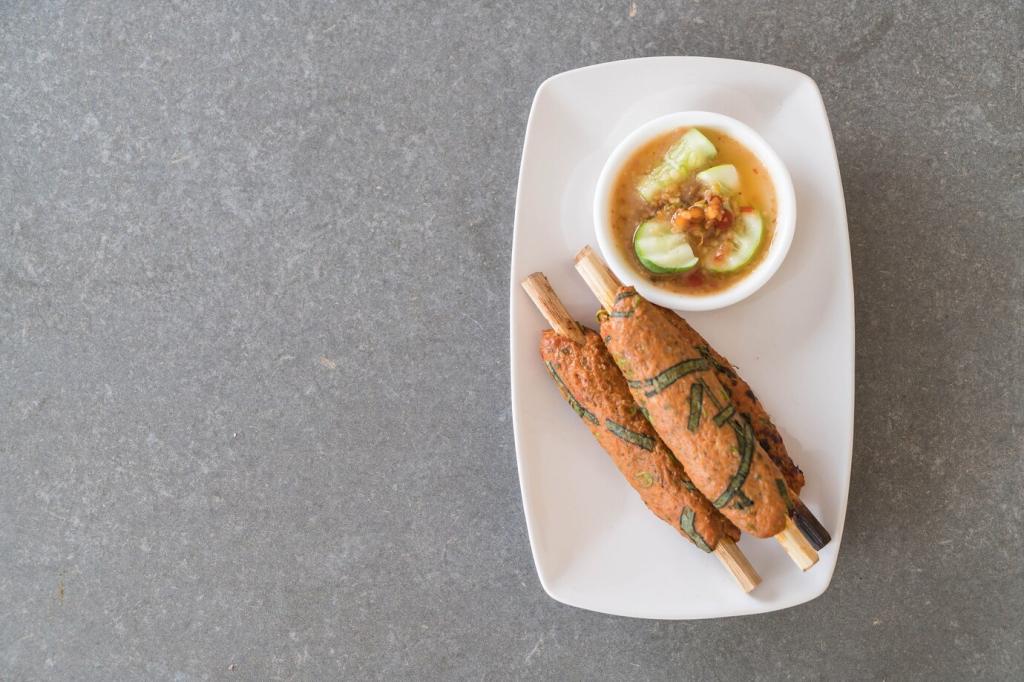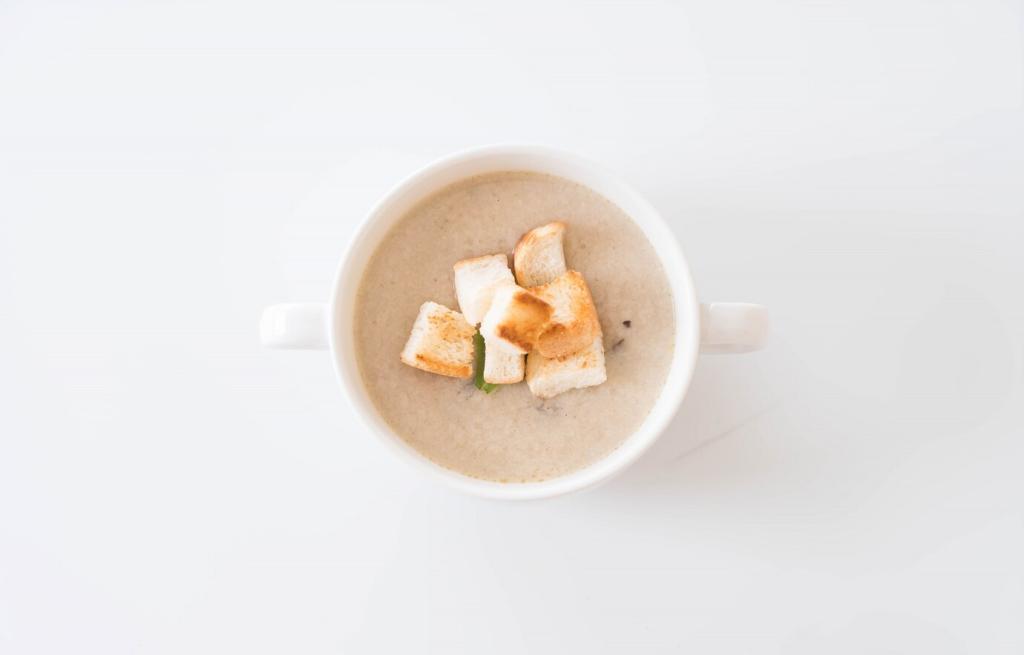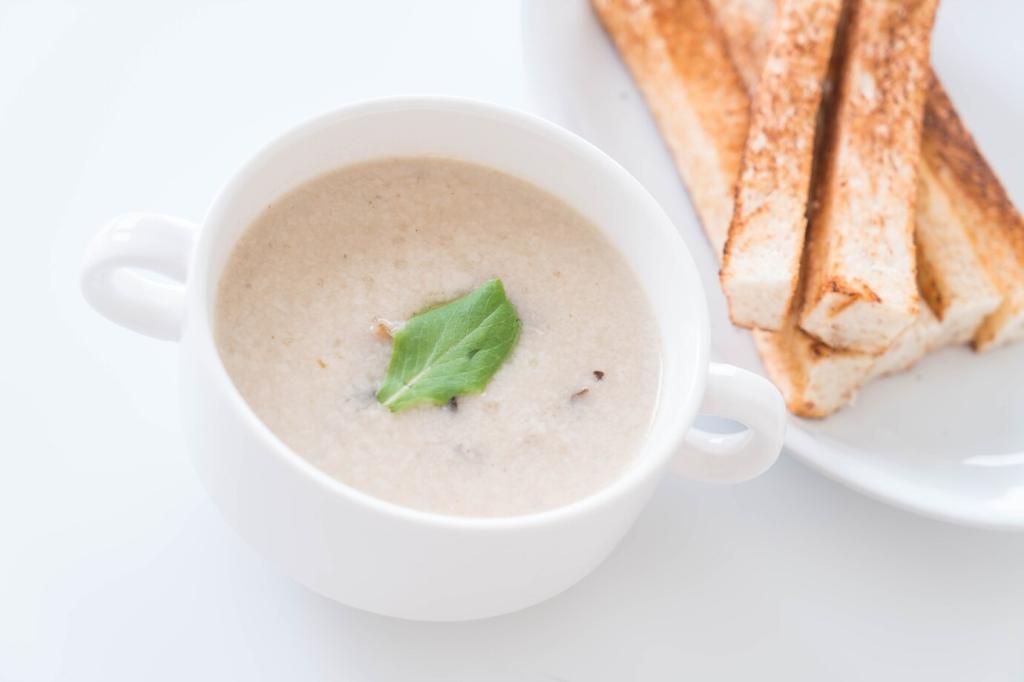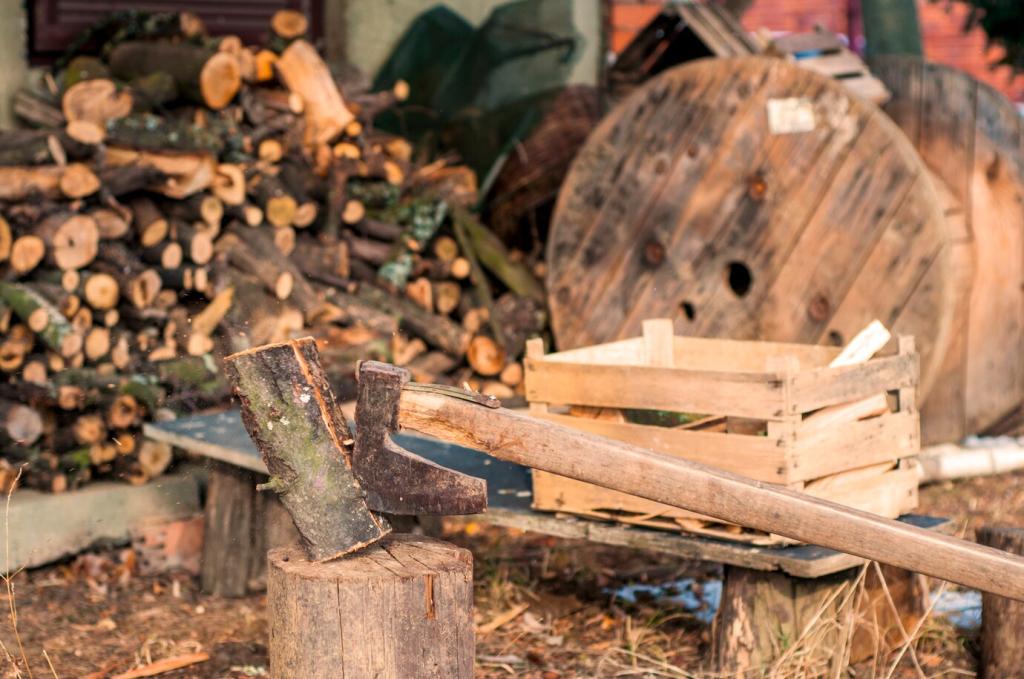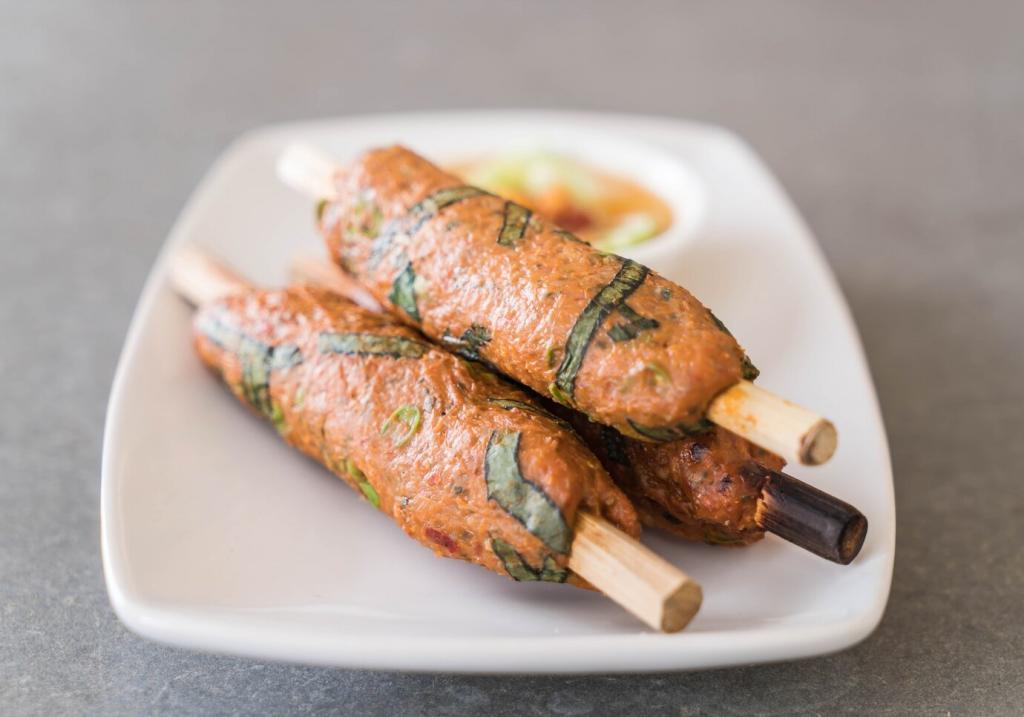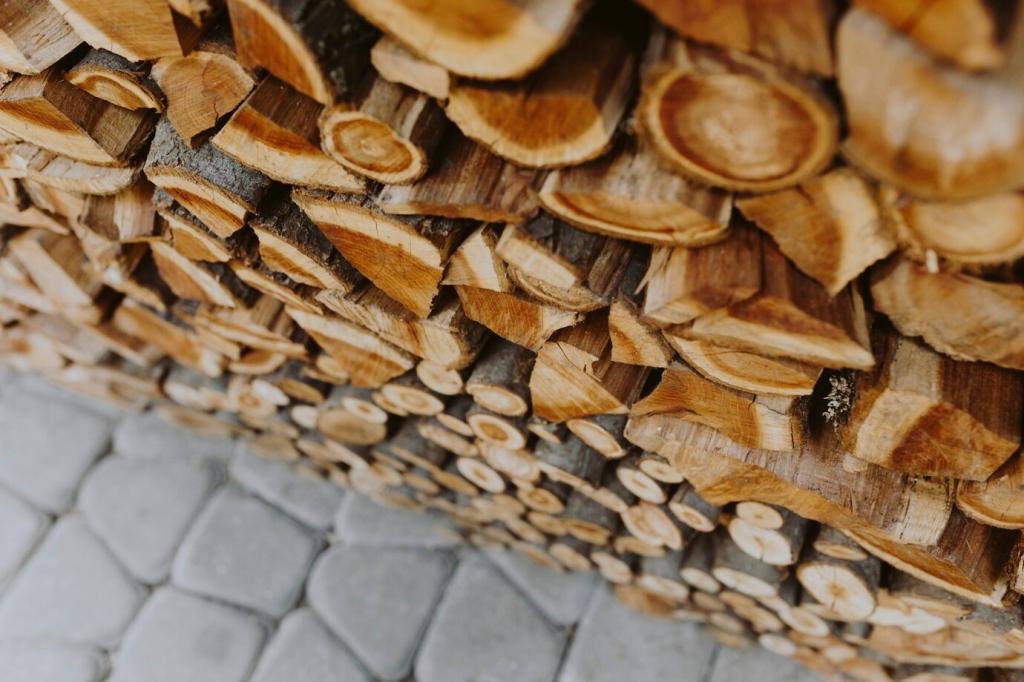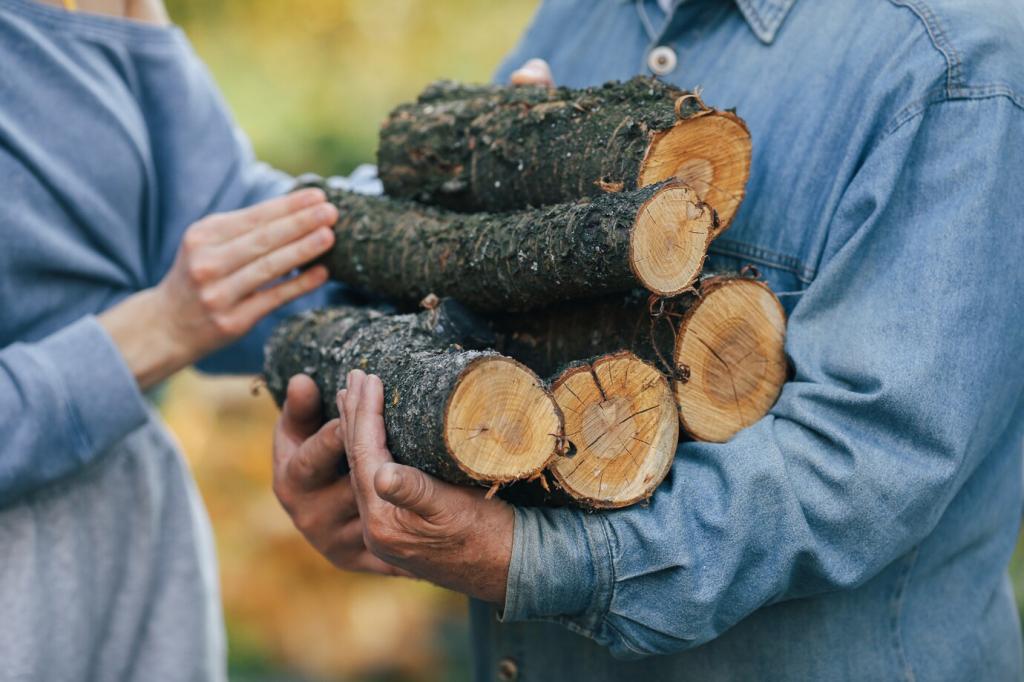Maintenance That Extends Lifespan
Use pH-neutral cleaners, soft cloths, and minimal water. Avoid ammonia or strong solvents that haze finishes. Coasters, bath mats, and plant saucers are simple heroes. Share your furniture’s busiest spot and we will build a quick weekly routine that prevents dullness, rings, and creeping edge damage.
Maintenance That Extends Lifespan
Look for wear at corners and pull points, then scuff and refresh before bare wood appears. A simple crosshatch or water-bead test reveals adhesion and repellency. Tell us your observations, and we will suggest whether you need a touch-up, a scuff-and-coat, or a full finish rejuvenation.





